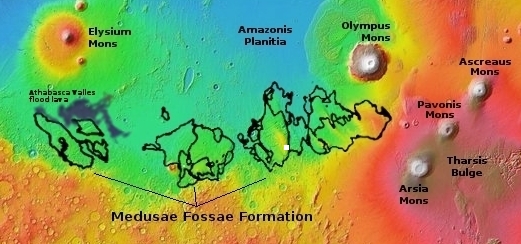

Powering data centers and helping reenergize coal communities.Converting abandoned coal mines and coal power plants to solar energy farms.If successful, the project will be the first to convert an abandoned mine to a solar power farm under the federal, state and local government Abandoned Mine Land Pilot Program (AML), the aim of which is to reclaim mine lands and boost economies throughout Appalachia. Solar power project developer Sun Tribe Solar and Mineral Gap Data Centers, working closely with local, state and federal government and community organizations, aims to revive and energize an area of southwestern Virginia by deploying a 3.5-megawatt DC (MWdc) solar power farm on the site of an abandoned coal mine in Wise County that was last mined in 1957. That has created a vacuum in terms of well-paying jobs and economic opportunities in surrounding communities. Owners have been shutting down the region’s coal mines over the course of recent decades as they’ve become uneconomical to continue operating, however. Some 3,120 kilometers (~1,940 miles) east, coal has been at the center of the economy and society across the Appalachia region since the dawn of the U.S. Navajo Generating Station about 4 miles east of Page, Arizona.
#SOLAR ASH MAP UPDATE#
Now, a member of the Council, supported by local activists, proposes to revise and update the tribal Native American nation’s energy policy so that it’s centered on community-centered development of abundant solar and other renewable energy resources. Successive efforts by the plant and mine’s owners and a last-ditch vote by the Navajo Nation Council to keep the coal mine and power plant up and running have failed. Located amid some of the most iconic geography in the U.S., the 2.25-gigawatt (GW) Navajo Generating Station (NGS) and Kayenta coal mine near Page, Arizona have been providing electricity that has fueled the development and growth of cities and towns across the southwestern U.S., as well as creating hundreds of much needed, highly valued jobs for residents of the Native American Navajo Nation.



 0 kommentar(er)
0 kommentar(er)
